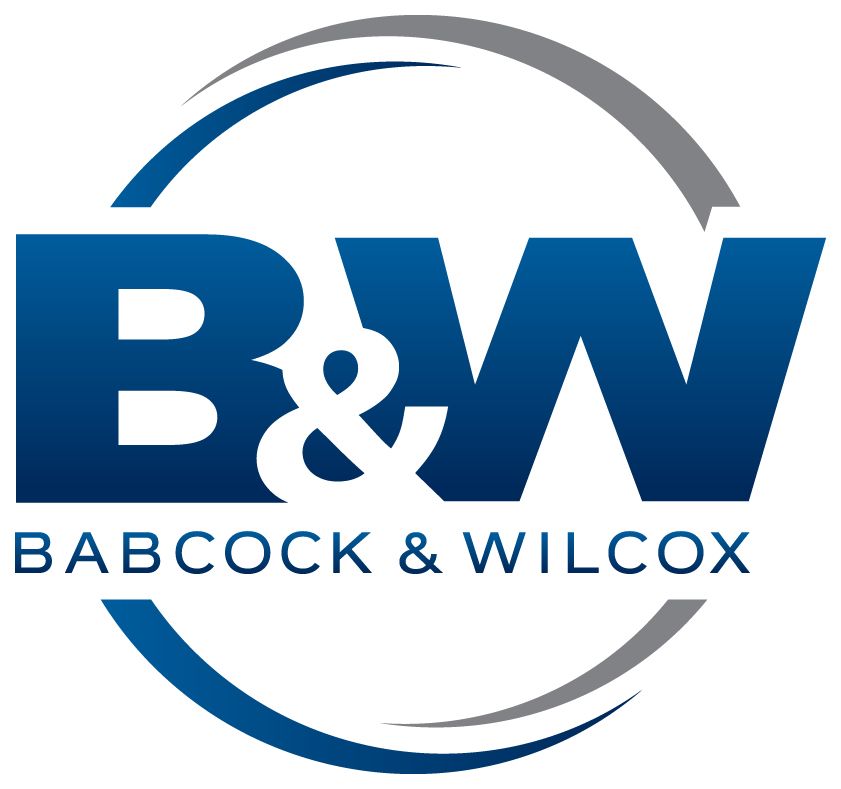129 reads
COMBUSTION OF COAL
by
December 11th, 2023
Audio Presented by

Babcock & Wilcox is an American energy technology and service provider
About Author
Babcock & Wilcox is an American energy technology and service provider

Babcock & Wilcox is an American energy technology and service provider
Babcock & Wilcox is an American energy technology and service provider